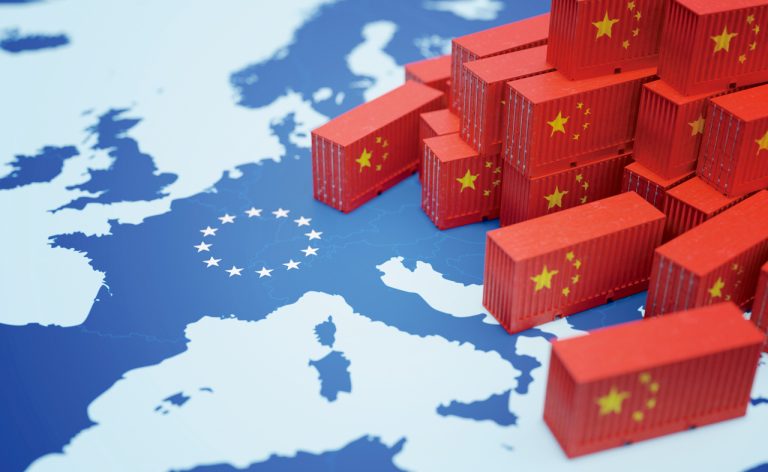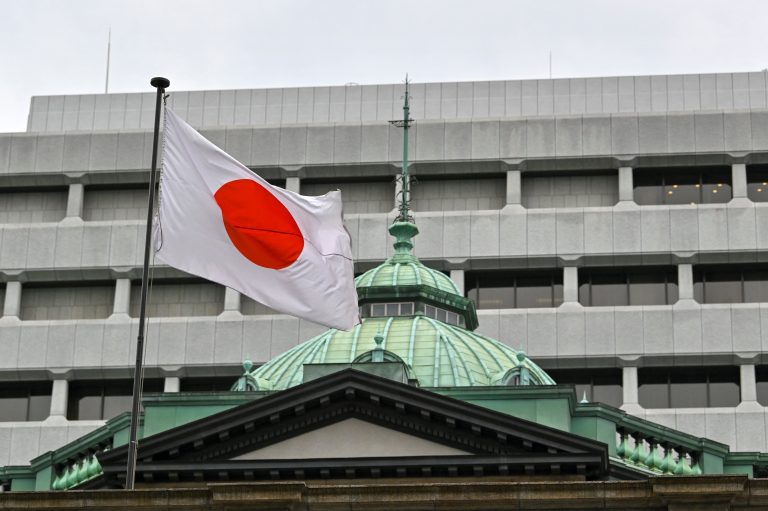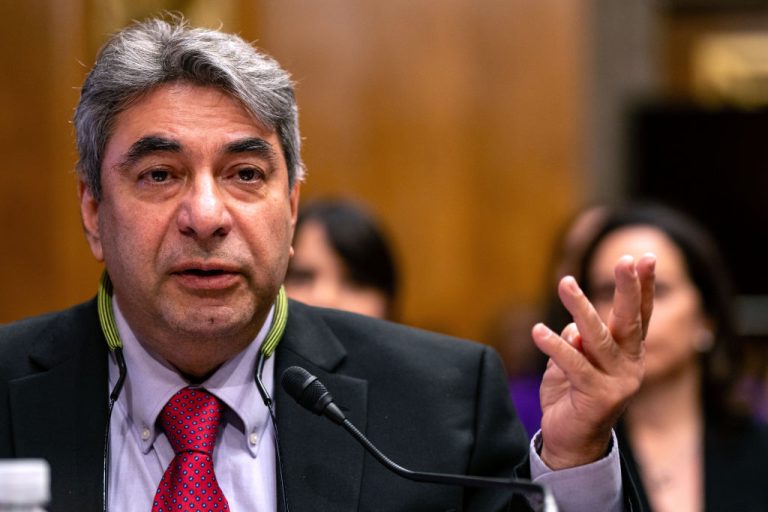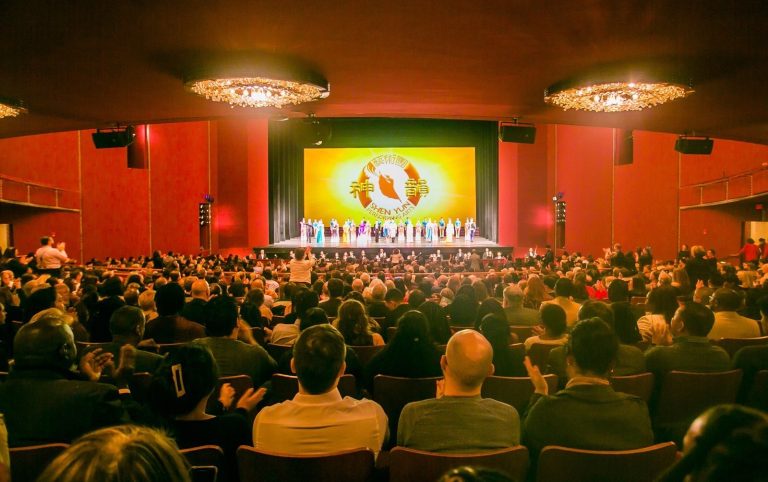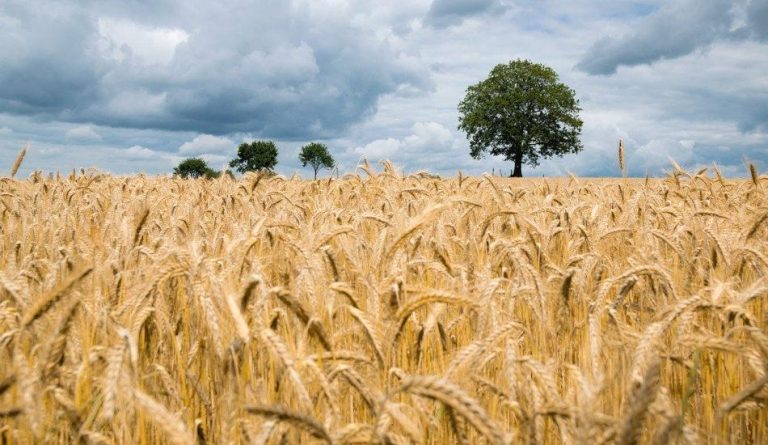If Canada’s reigning Liberal Party minority government sees its desired increases to the carbon tax come into force, the end result will be a six figure annual increase to the tax bill of the average farm.
The figure was calculated by Western Canadian Wheat Growers President Gunter Jochum and told to Parliament during a Nov. 2 meeting of the Agriculture Committee.
“The government wants to increase the [carbon] tax, which would cost my farm a whopping $136,000 per year by 2030. This will jeopardize the viability and sustainability of my farm,” Jochum stated.
According to March of 2022 reporting by state funded messaging outlet Canadian Broadcasting Corporation, the Justin Trudeau administration intends to hike the carbon tax by more than a factor of 3 — from $50 to $170 per ton — by 2030 “in order to push consumers to cleaner energy sources.”
MORE NEWS FROM CANADA
- Saskatchewan Warns Trudeau Admin Federal Nitrogen Testers May Be Arrested for Trespassing
- RCMP Charges Quebec Utility Employee With Funneling Trade Secrets to China
- Canadian Intelligence Warns Trudeau the CCP has Compromised Elected Officials Since at Least 2019
Jochum told the Committee that even at the current rate, his farm is coughing up $40,000 per year, and that of course as input costs rise, the cost of goods and services rise, leading to inflation.
Success
You are now signed up for our newsletter
Success
Check your email to complete sign up
February of 2021 reporting by agricultural industry magazine Alberta Farm Express stated, based on data from the Agricultural Producers Association of Saskatchewan, that the carbon tax at $170 per ton would increase the cost of producing and shipping wheat by $12.50 per acre.
“…That cost will come from the additional cost for propane for drying wheat and from a surcharge that CN and CP Rail will charge for moving Saskatchewan grain to port,” the article added.
Part of the cost overrun would come from a nearly fivefold increase in railway surcharges.
Yet, that figure was dwarfed by the expected nearly eightfold increase in carbon surcharges applied to the cost of propane needed to dry crops.
The farmer also took aim at the stated goal to cut nitrogen fertilizer use by 30 percent.
Jochum told officials that while a 15 percent reduction could be achieved in theory by efficacy methods, the only way to reach a 30 percent reduction would be to stop fertilizing.
The nitrogen fertilizer reduction scheme was one of the key drivers of the summer of 2022 Dutch farmer protests in the Netherlands.
“Will the proposed emission cut reduce greenhouse gasses? Maybe in Canada, but internationally, it will only work out to approximately 0.0028% of total greenhouse gasses. Is this even worth it?” Jochum was quoted as stating by True North Canada.
Raymond Orb, President of the Saskatchewan Association of Rural Municipalities (SARM), likewise spoke to members of the Committee, stating that meeting emissions reduction schemas will naturally require more equipment, which means more debt.
“I think right now the whole point is that farmers broadly don’t have that technology available. It’s very expensive,” Orb stated, pointing out that existing equipment will not satisfy the government’s desires.
“To ask us farmers to take on more debt because of a federal government policy that tells us, on the one hand, that we need to produce more food, and then we’re told we need to reduce our emissions,” he added.
“We’re not sure how we can do that with the adaptation and the equipment that we have on our farms now. That’s a concern we have.”





